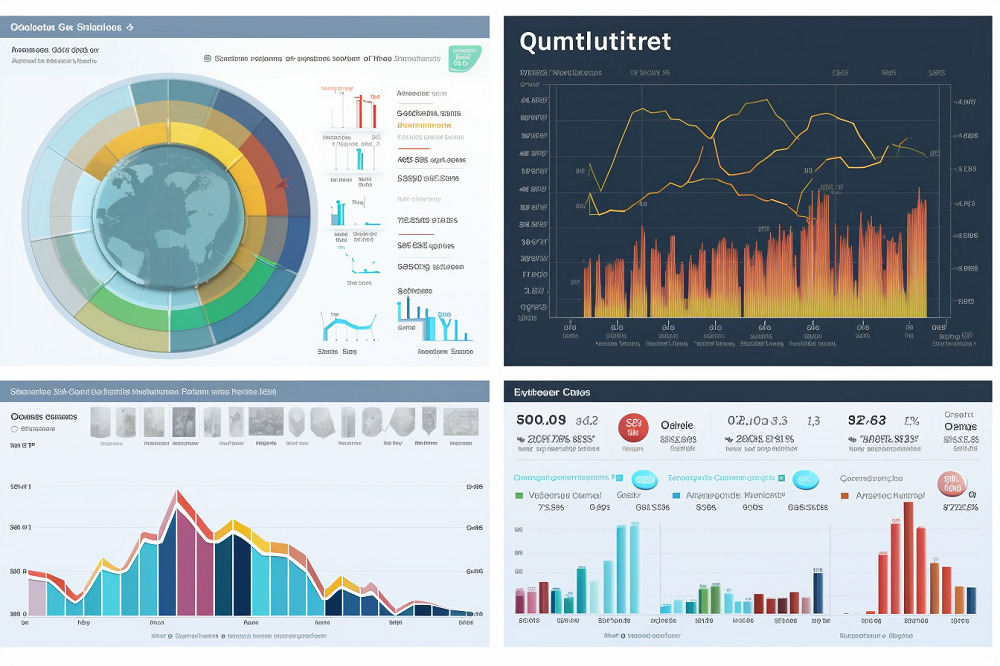Understanding concepts like open interest in the futures market can be crucial for investors and traders seeking more profits in cryptocurrency trading. Open interest, often mentioned alongside terms like trading volume and market sentiment, plays a significant role in understanding the underlying dynamics of crypto futures trading. This guide explores open interest and its impact on the crypto futures market.
What Is Open Interest?
Open interest represents the total number of active contracts for a specific financial instrument at any given moment. In the context of crypto futures, it denotes the number of outstanding contracts that have not been offset or fulfilled. Unlike trading volume, which measures the total number of contracts exchanged within a given period, open interest focuses on the total number of contracts still in effect in the market.
Why Does Open Interest Matter?
Open interest matters for several reasons in the context of the crypto futures market. It provides a glimpse into traders’ overall activity and sentiment in futures contracts. Analysts can infer the level of engagement and confidence among market participants by determining the number of contracts still open.
This insight becomes particularly valuable in understanding the strength and sustainability of prevailing market trends. In addition, open interest can act as a leading indicator of potential trend reversals. As traders open or close positions, the total open interest fluctuates accordingly.
Sudden changes in open interest, particularly when diverging from price movements, can signal shifts in market sentiment. For instance, a decrease in open interest despite rising prices could indicate waning enthusiasm from traders, hinting at a possible trend reversal.
Moreover, open interest is critical in assessing market liquidity and depth. Markets with high open interest usually have greater liquidity. Thus, traders can enter and exit positions easily without significantly impacting prices.
On the contrary, low open interest markets suffer from liquidity issues, leading to wider bid-ask spreads and increased price volatility. Additionally, open interest provides essential information for risk management purposes.
Traders and investors can analyze open interest data to assess the potential impact of significant positions on market dynamics. High levels of open interest in specific contracts indicate areas of concentration where market movements could be more pronounced.
Furthermore, open interest can offer insights into the behavior of institutional players in the crypto futures market. Institutions often engage in large-scale trading activities that significantly impact open interest levels.
By monitoring changes in open interest, traders can infer the participation of institutional investors and adjust their strategies accordingly.
Implications Of Open Interest
Examining changes in open interest can provide helpful information about the market’s trajectory. For instance, when open interest rises alongside increasing prices, it signifies a robust trend and possible upward momentum, fostering confidence in bullish market sentiment.
Conversely, if open interest expands while prices decline, it indicates persistent selling pressure and a bearish market outlook.
How Is Open Interest Calculated For Crypto Futures?
Tracking open interest for cryptocurrency futures contracts involves monitoring the total number of outstanding contracts at any time. This dynamic metric fluctuates as new positions are established or existing ones are offset.
Both buy and sell transactions contribute to changes in open interest, as each trade involves the creation of a long and a short position. For example, if Mike buys a Bitcoin futures contract (a long position) and John sells the same contract (a short position), the open interest increases by one contract. However, if Tim later purchases the same contract from John, the open interest remains unchanged as the contract is transferred from one party to another.
Trading Strategies Through Open Interest Analysis
Analyzing open interest can be helpful for various trading strategies in the cryptocurrency futures market. One common approach is using open interest to validate existing price patterns.
When prices rise alongside an uptick in open interest, it suggests the continuation of the current trend. Conversely, a decreased open interest amidst rising prices signals a weakening support for the trend.
Traders also monitor discrepancies between open interest and price movements, as these variations can hint at trend reversals. For example, increasing prices coupled with declining open interest indicates a slowdown in an upward trend, prompting traders to modify their trading positions.
However, traders frequently combine open interest analysis with other technical indicators like moving averages to gain deeper insights into market conditions. By integrating open interest data with other analytical tools, traders can make better decisions about entry and exit points.
Limitations Of Open Interest
Despite its benefits, open interest isn’t effective when the market is highly volatile. Also, it struggles to distinguish between new market activity and position closures, as changes in open interest can stem from both scenarios.
Conclusion
Additionally, the inherent volatility of the cryptocurrency market can result in sudden and unpredictable shifts in open interest, diminishing open interest’s reliability as a sole indicator. Thus, crypto traders and market analysts must complement open interest analysis with other technical indicators to better navigate the crypto futures market and make more informed trading decisions.
